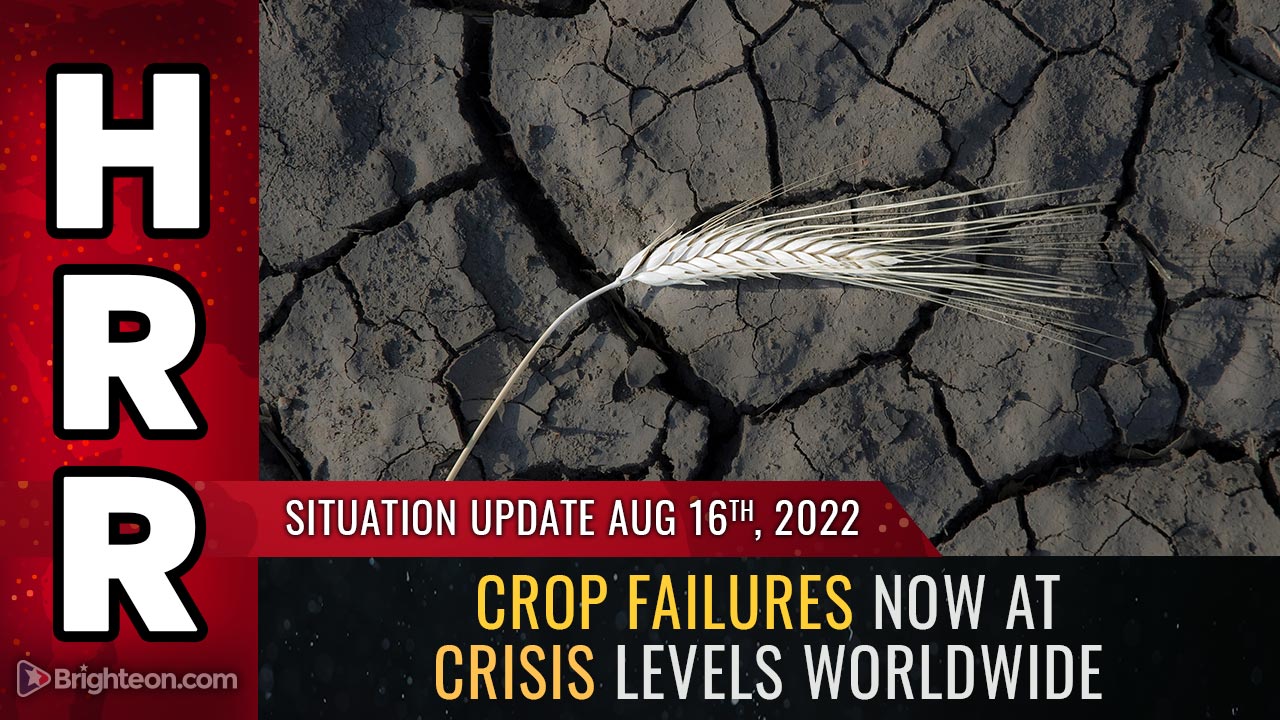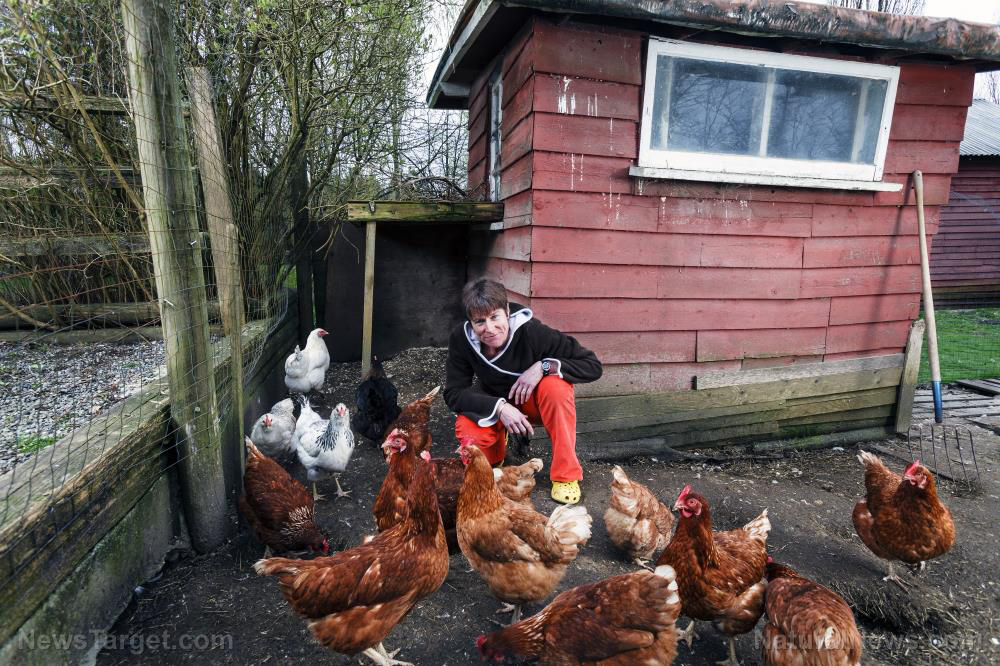Food storage tips: How to keep pests out of your survival stockpile
08/08/2022 / By Zoey Sky

It takes a lot of time and money to prepare a survival stockpile and the last thing you want is for various pests to get into your food supply. If you’re worried about pantry pests ruining your survival stockpile, learn how to get rid of them before SHTF. (h/t to ApartmentPrepper.com)
Common foods that attract pantry pests
The following foods in your pantry may attract different pests:
- Beans
- Cake mix
- Cereals such as oatmeal, grits
- Chocolate
- Cookies
- Cornmeal
- Crackers
- Cured meats
- Flour
- Nuts
- Pasta
- Popcorn
- Powdered milk
- Raisins and other dried fruits
- Rice
- Spices
- Tea
Pet foods like bird seed, cat food, dog food and fish food can also attract pests.
Common bugs that can get into your food supply
Common pantry pests include moths, small beetles and weevils. These bugs are more annoying than harmful, but they don’t usually cause severe health issues. For example, weevils don’t sting, bite or do any damage to your home; they just get into your food supply.
But if you keep your house clean and food packages sealed, how can these bugs get in?
Pests often get into food packages at the processing plant, warehouse, delivery truck or grocery store. Pests may get into products that have been opened, but they can also get into unopened boxes by chewing their way in or crawling through packaging folds and seams.
Tiny insect eggs may be invisible to the naked eye, but if the food sits in your pantry long enough, the eggs will eventually hatch. In time, the larva will eat your food. Then you’ll find the tiny bugs crawling around just when you’re about to use different items in your stockpile.
How to prevent bugs from infesting food
Some articles online will tell you not to let the food sit in your pantry for too long. However, this advice doesn’t help preppers who often store food for long-term stockpiles.
Here are some methods that will help keep bugs away.
Bay leaves
To keep pests away with bay leaves, place a dried bay leaf in the flour, rice or any stored bulk foods. (Related: Food storage tips: Keep pests away from your food supplies with diatomaceous earth.)
Bay leaves will help repel pests like:
- Cockroaches
- Earwigs
- Flies
- Pantry moths
- Sugar ants
- Wasps
- Weevils
Freezing
You can kill bugs like weevils and their eggs by freezing. This method is often used with foods like flour. Place the flour in a freezer bag and let the air out, then freeze the flour for at least 48 hours. This will kill any eggs in the flour.
Note that you shouldn’t freeze flour in the original paper packaging because condensation may occur and ruin the flour. Before repackaging flour in Mylar bags, leave the flour on the counter to let it come to room temperature.
Oxygen absorbers
Add oxygen absorbers to airtight containers like jars or Mylar bags when storing your pantry staples. You can also use them when prepping food with a vacuum food sealer.
Insects require oxygen to survive so if you remove the oxygen from the container, the insects or any eggs will not survive.
What to do if you already have a bug infestation
If you see a package of food that already has bugs, remove it from the pantry immediately. If you accidentally consumed the bug-infested food, you don’t have to worry because the bugs won’t usually harm you.
For some foods, you may be able to get rid of bugs before using them. If you find bugs in beans or rice, wash and soak the food for a few minutes until the insects float to the top. Rinse the beans or rice several times. Repeat until you no longer see bugs.
Unfortunately, you can’t wash foods like cereal or flour. Check other packages in your pantry to see if the infestation has spread. Remove the rest of the items, wipe all surfaces down and sanitize all the nooks and crannies. Change the food packaging and make sure every opened item in your pantry is in an airtight jar or plastic ziploc bag.
Store all pantry items in air-tight, hard plastic containers or jars. Check cake mixes and other unopened items because they might also be infested with bugs. If you’re worried about the infestation spreading, clean the rest of your kitchen.
If you buy food in bulk, transfer cereals, dried fruit, grains and nuts into glass, metal or sturdy plastic containers with airtight lids. These containers will keep insects out much better than cardboard, paper or foil boxes and containers.
Store food in a cool, dry and dark area. Give your pantry a thorough cleaning every three to six months. Doing this will help you stay organized and keep pests at bay.
Visit Foodstorage.news for more tips on proper food storage.
Watch the video below for tips on low-cost emergency food storage.
This video is from the Perma Pastures Farm channel on Brighteon.com.
More related stories:
5 Food storage lessons from World War II.
4 Best food storage containers for your stockpile.
13 Useful food storage lessons from World War II.
Food storage tips: Stock up on foods in gallon buckets.
Sources include:
Submit a correction >>
Tagged Under:
food freedom, Food storage, food supply, homesteading, off grid, parasites, pest control, pests, preparedness, prepper, prepping, prevention, SHTF, stockpile, survival, survivalist, tips
This article may contain statements that reflect the opinion of the author
RECENT NEWS & ARTICLES
COPYRIGHT © 2017 FOOD FREEDOM NEWS


















